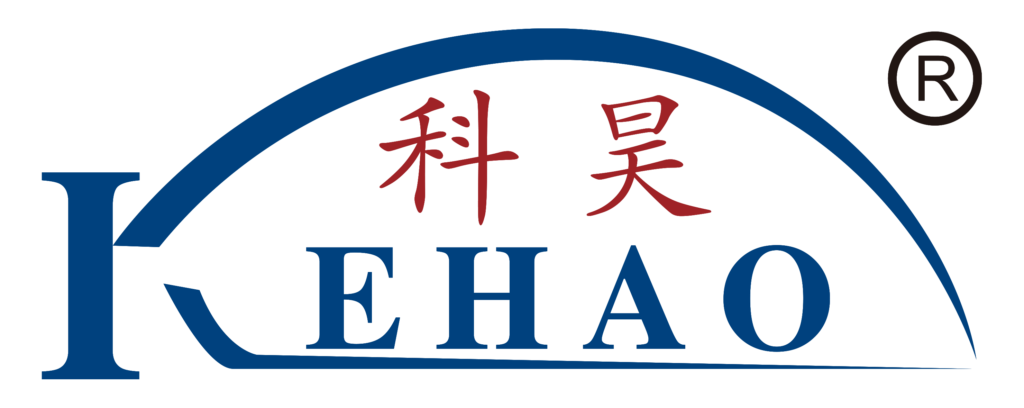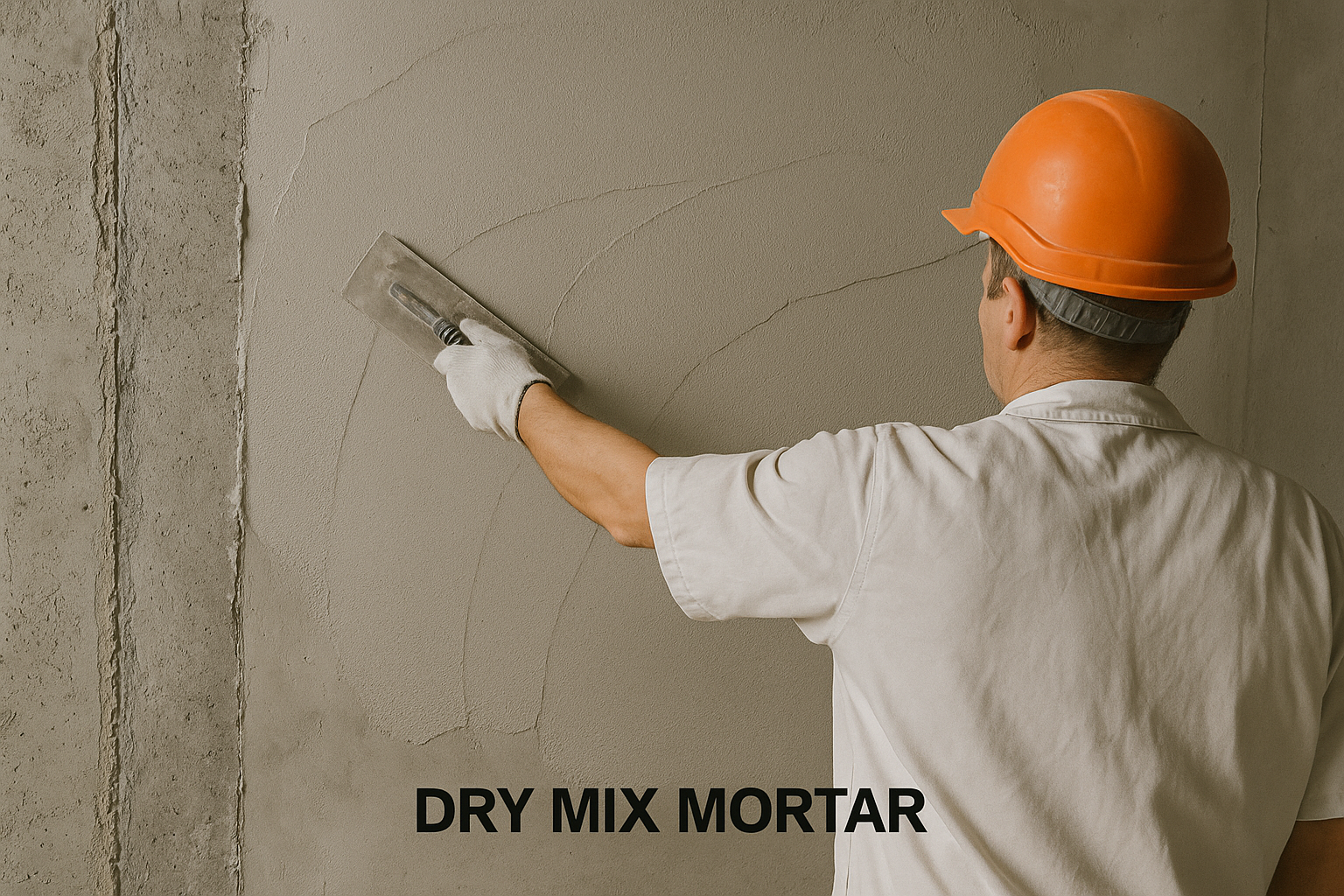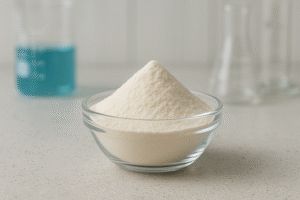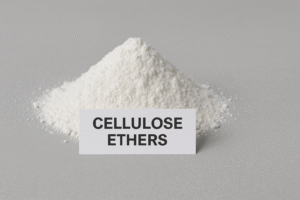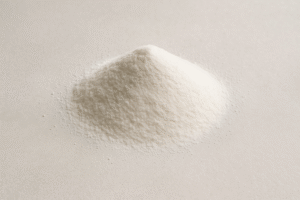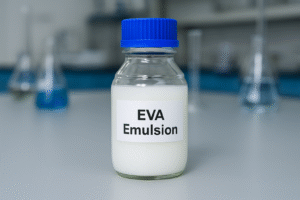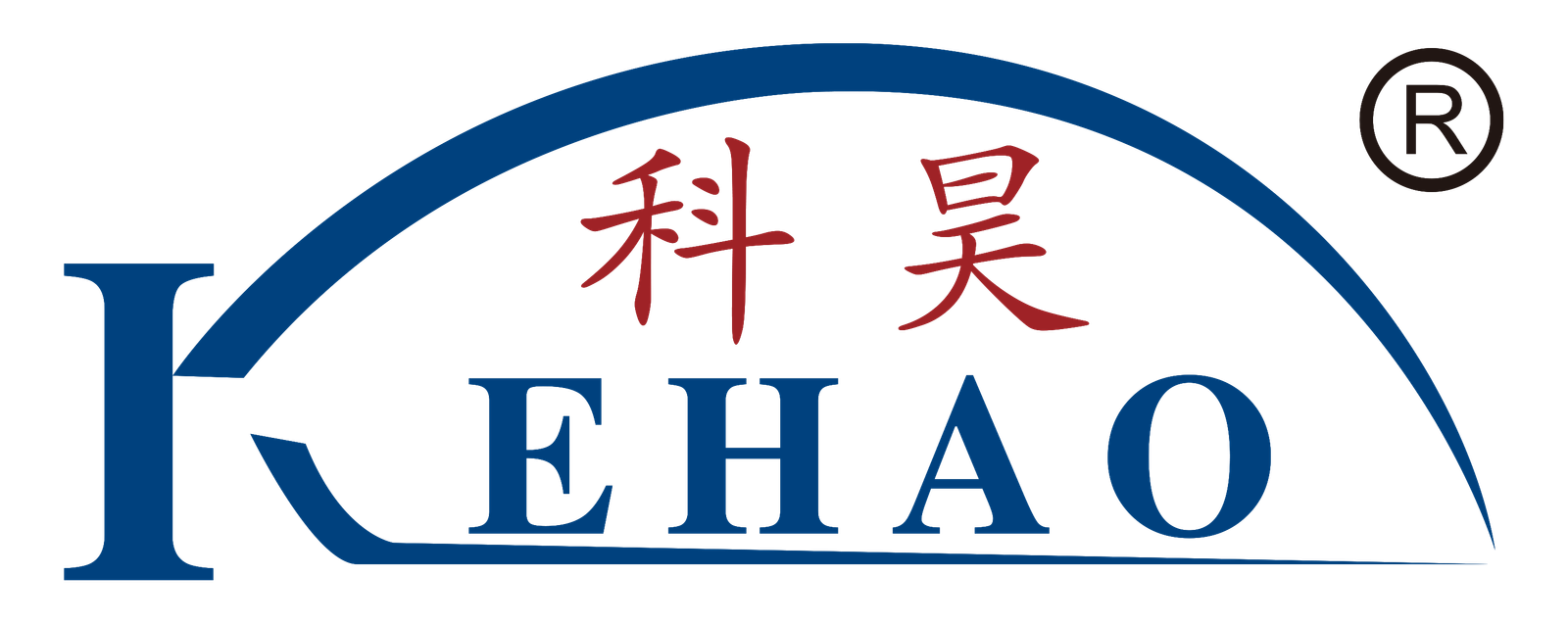Are you struggling with mortar that cracks, sags, or lacks workability? Poor-quality mortar wastes time, money, and damages your reputation in today's competitive construction market.
Dry mix mortar enhanced with hydroxypropyl methylcellulose (HPMC)1 and redispersible polymer powder (RDP)2 significantly improves workability, water retention, adhesion, and durability. These additives create professional-grade mortars3 that meet international standards while reducing application time and material waste.
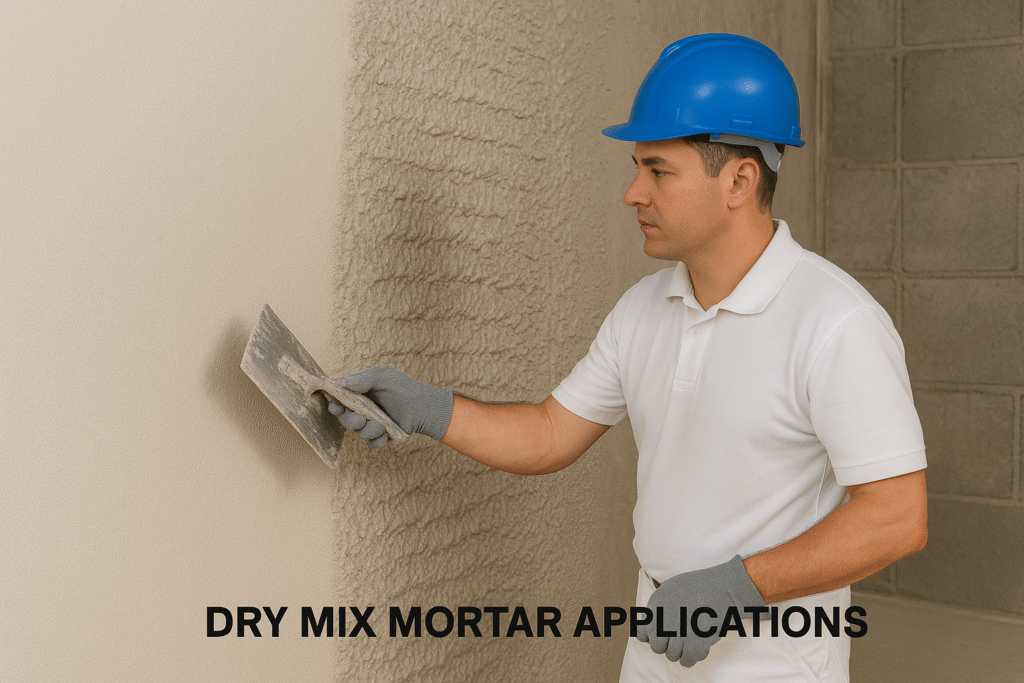
I've spent years helping construction material manufacturers optimize their formulations. The right additives make all the difference between an average product and one that professionals request by name. Let me show you how HPMC and RDP can transform your dry mix mortar products.
How Does HPMC Improve Dry Mix Mortar Performance?
Have you noticed inconsistent mortar performance across different weather conditions? Your customers complain about poor workability and quick drying that makes application difficult and time-consuming.
HPMC (hydroxypropyl methylcellulose) acts as a water retention agent and thickener in dry mix mortar. It extends working time, improves consistency, prevents sagging on vertical surfaces, and ensures proper cement hydration for maximum strength development even in hot or windy conditions.
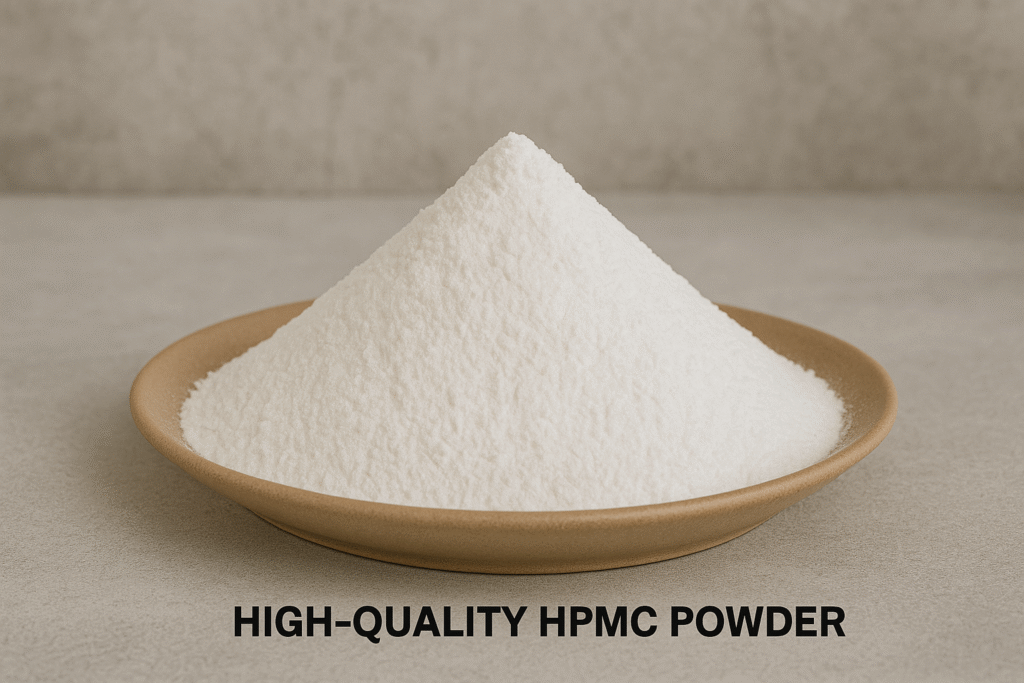
The Science Behind HPMC's Effectiveness
HPMC transforms ordinary mortar into professional-grade material through several key mechanisms. When dry mortar containing HPMC mixes with water, the cellulose particles quickly hydrate, forming a protective colloid that slows water evaporation. This critical function maintains workability longer, giving masons more time to place and adjust tiles or blocks.
The viscosity of HPMC directly impacts final mortar performance. In our testing lab, we've found that viscosity ratings between 100,000-150,000 mPa·s provide optimal balance for tile adhesives4, while render mortars perform better with 60,000-80,000 mPa·s HPMC. This is why we offer custom viscosity options for different applications.
| HPMC Viscosity | Best Applications | Benefits |
|---|---|---|
| 60,000-80,000 mPa·s | Renders, Plasters | Better sprayability, Smooth finishing |
| 100,000-150,000 mPa·s | Tile Adhesives | Excellent sag resistance, Extended open time |
| 150,000+ mPa·s | Self-leveling Compounds | Maximum water retention, Prevents bleeding |
We recently helped a Saudi Arabian client troubleshoot their tile adhesive formulation. By adjusting the HPMC viscosity and methoxyl content, their open time increased by 15 minutes, dramatically reducing installation complaints and material waste.
Why Is RDP Essential in Modern Dry Mix Mortars?
Does your mortar crack after curing or fail to adhere properly to difficult substrates? Traditional cement-only formulations often disappoint in demanding applications, leading to callbacks and damaged relationships with contractors.
Redispersible polymer powder (RDP) creates flexible polymer bridges within the mortar matrix that enhance adhesion, flexibility, and durability. RDP-modified mortars reduce cracking, improve bonding to challenging surfaces like glass and metal, and increase water resistance in bathroom and exterior applications.
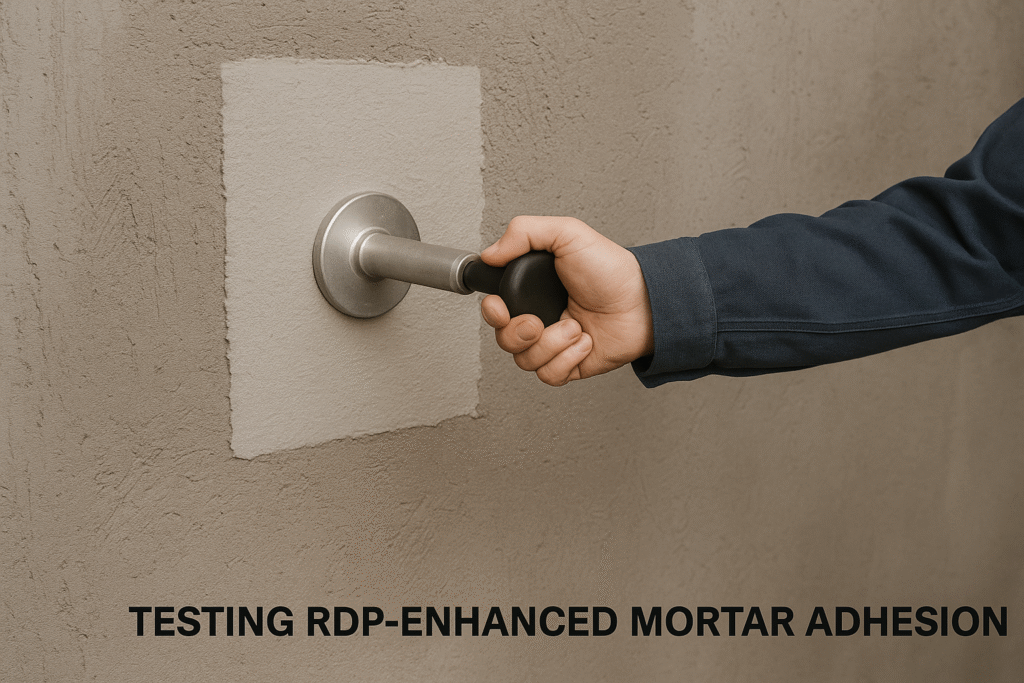
Selecting the Right RDP for Your Application
Not all RDPs deliver equal performance in different mortar systems. Through extensive testing in our laboratory, we've identified optimal RDP formulations for specific applications. The polymer composition dramatically affects final properties - VAE (vinyl acetate-ethylene) copolymers provide excellent balance of properties, while VV (vinyl versatate) types excel in exterior applications due to superior water resistance.
The glass transition temperature (Tg)5 of the polymer is another critical factor. Lower Tg polymers (around -7°C to 0°C) create more flexible mortars ideal for areas with temperature fluctuations, while higher Tg polymers (5°C to 10°C) prioritize strength over flexibility. We've developed a comprehensive selection chart for clients to match their specific requirements.
| RDP Type | Glass Transition Temp | Ideal Applications | Key Benefit |
|---|---|---|---|
| VAE | -7°C to 0°C | Tile adhesives, EIFS | Flexibility, Crack resistance |
| VA/VeoVa | 5°C to 10°C | Exterior renders, Waterproofing | Weather resistance, Durability |
| VAc | 15°C to 25°C | Interior applications | Cost efficiency, Strength |
One of our Mexican clients was experiencing bond failures in their exterior installation mortar. By replacing their generic RDP with our specialized VA/VeoVa type at 3% dosage, they achieved 150% improvement in wet adhesion strength, effectively eliminating delamination problems.
What's the Optimal Combination of HPMC and RDP for Professional Results?
Are you wasting money on expensive formulations that don't deliver proportional performance benefits? Finding the perfect balance between HPMC, RDP, and other components is challenging but essential for cost-effective quality.
The ideal HPMC-to-RDP ratio depends on application requirements but typically ranges from 0.2-0.5% HPMC with 1-5% RDP for professional-grade mortars. HPMC provides workability and water retention during application, while RDP ensures long-term performance after curing, creating complementary benefits throughout the mortar lifecycle.
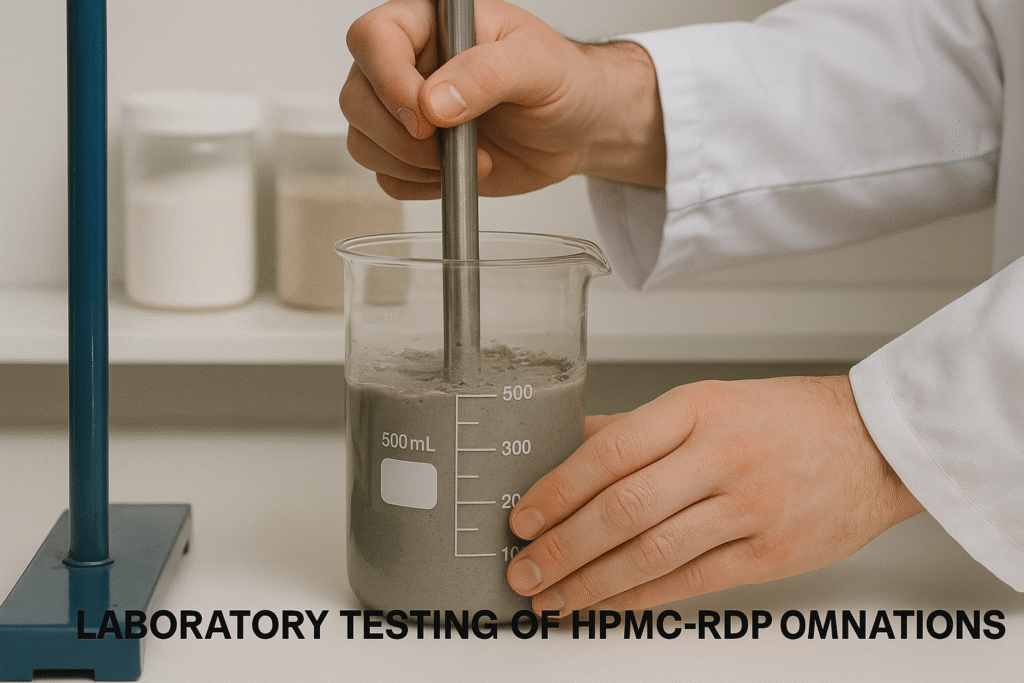
Synergistic Effects and Cost Optimization
When properly formulated, HPMC and RDP create synergistic effects that exceed the benefits of either additive alone. Our laboratory studies consistently show that the right combination can reduce total additive costs while improving overall performance. For example, increasing HPMC from 0.3% to 0.4% can allow RDP reduction from 3% to 2% in many tile adhesive formulations, resulting in net cost savings since RDP typically costs 3-4 times more than HPMC.
We've developed standardized starting formulations based on application type that provide excellent balance between cost and performance:
| Application | HPMC Dosage | RDP Dosage | Cement Type | Additional Additives |
|---|---|---|---|---|
| Thin-set Tile Adhesive | 0.25-0.30% | 2.0-3.0% | Portland Type I | Cellulose fibers (0.1%) |
| Self-leveling Compound | 0.15-0.25% | 1.0-2.0% | Calcium Aluminate | Superplasticizer (0.8%) |
| EIFS Base Coat | 0.30-0.40% | 3.0-5.0% | Portland Type I | Glass fibers (0.2%) |
Regional conditions also impact optimal formulations. For our clients in hot, dry climates like Saudi Arabia and UAE, we recommend increased HPMC levels (0.35-0.45%) to counteract rapid water evaporation. For tropical regions like Vietnam and the Philippines, slightly lower HPMC with mold inhibitors has proven more effective.
Conclusion
Quality dry mix mortars depend on properly balanced HPMC and RDP additives. By optimizing these components for your specific application and climate conditions, you'll create professional-grade products that outperform competitors and build lasting customer loyalty.
-
Explore how HPMC enhances mortar performance and improves workability, making it essential for construction. ↩
-
Learn about RDP's role in enhancing adhesion and flexibility in modern dry mix mortars. ↩
-
Learn what makes a mortar professional-grade and how to achieve that quality in your products. ↩
-
Discover the unique properties of tile adhesives and their specific applications. ↩
-
Understand the role of Tg in selecting the right polymer for construction applications. ↩
